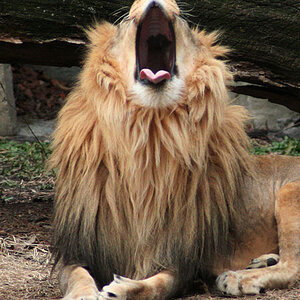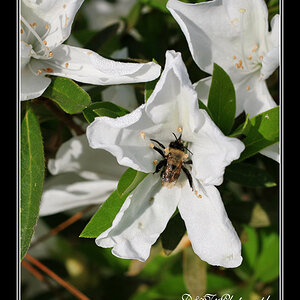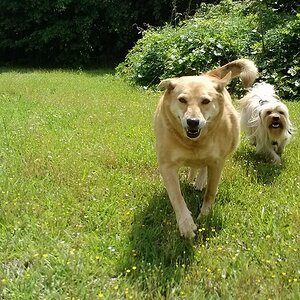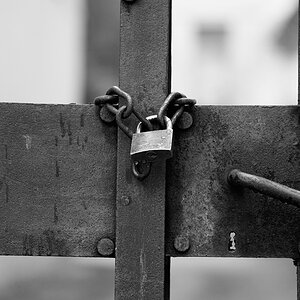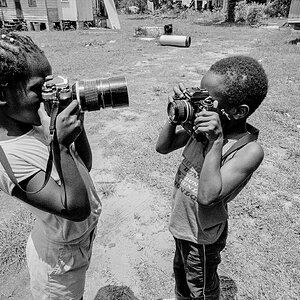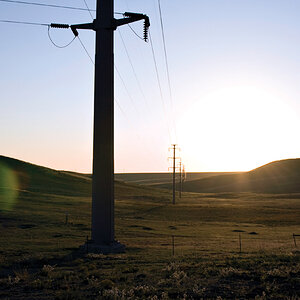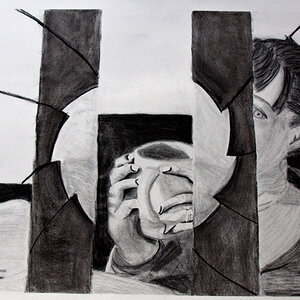ewick
TPF Noob!
- Joined
- Dec 12, 2011
- Messages
- 464
- Reaction score
- 73
- Can others edit my Photos
- Photos NOT OK to edit
I feel I should already know this but I don't i have found some good relate stuff but not the answer to my baffling question. I shot some images in low light. my camera is a d90 and I was using a 50mm 1.8 aperture. my settings were 2.8 and shutter speed 200 with off camera flash and an iso of 600 and I got noise. Today I shot with my 18-105 kit lens at 5.6 ss125 and iso 1250 and I got the same amount of noise. How do I get crisp images in low light with off camera flash. All I need is a starting point to go from. should I use the widest aperture possible with a hgh iso or keep my iso as low as i can. whats the point of the d90 having such high iso if you are going to get noise any ways? a little help would be greatly appreciated.


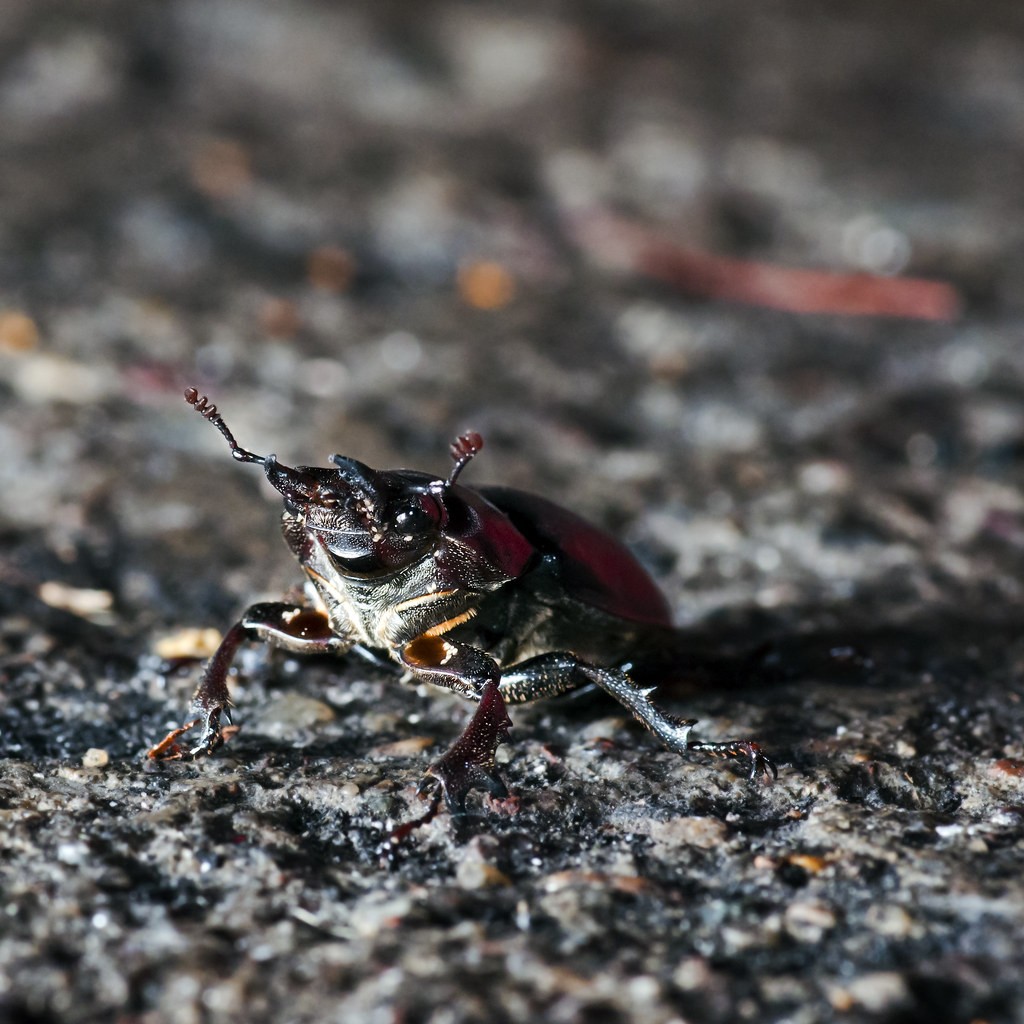











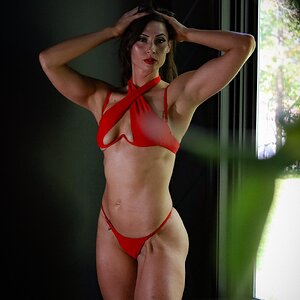
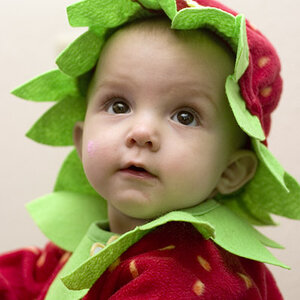
![[No title]](/data/xfmg/thumbnail/32/32930-09414fc020c2a60a456ff59a05c5ef8f.jpg?1619735759)
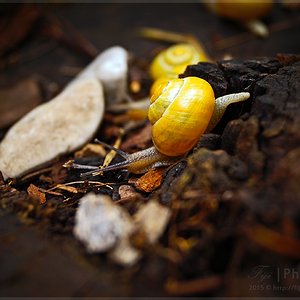
![[No title]](/data/xfmg/thumbnail/34/34688-a1ead83a3067b449d62078d1170e00f6.jpg?1619736603)
